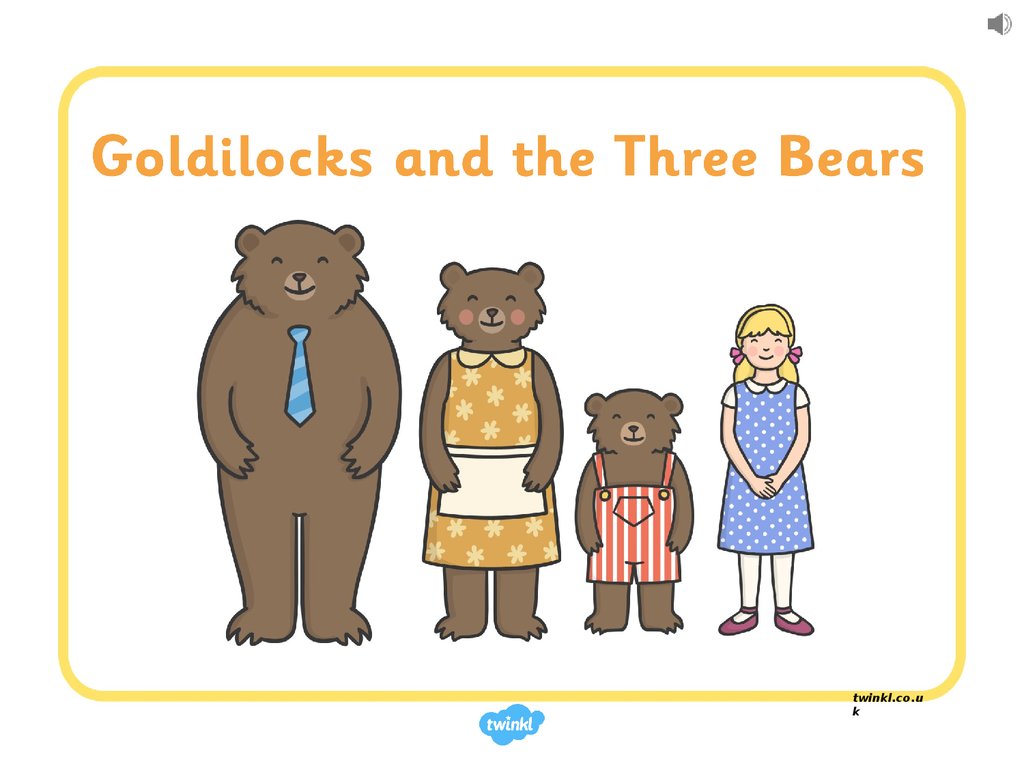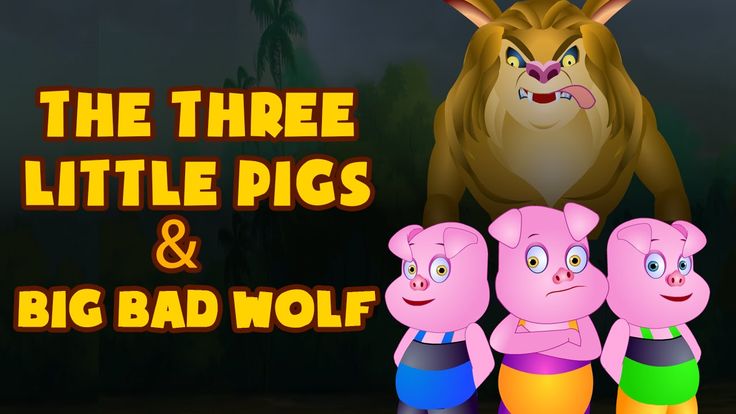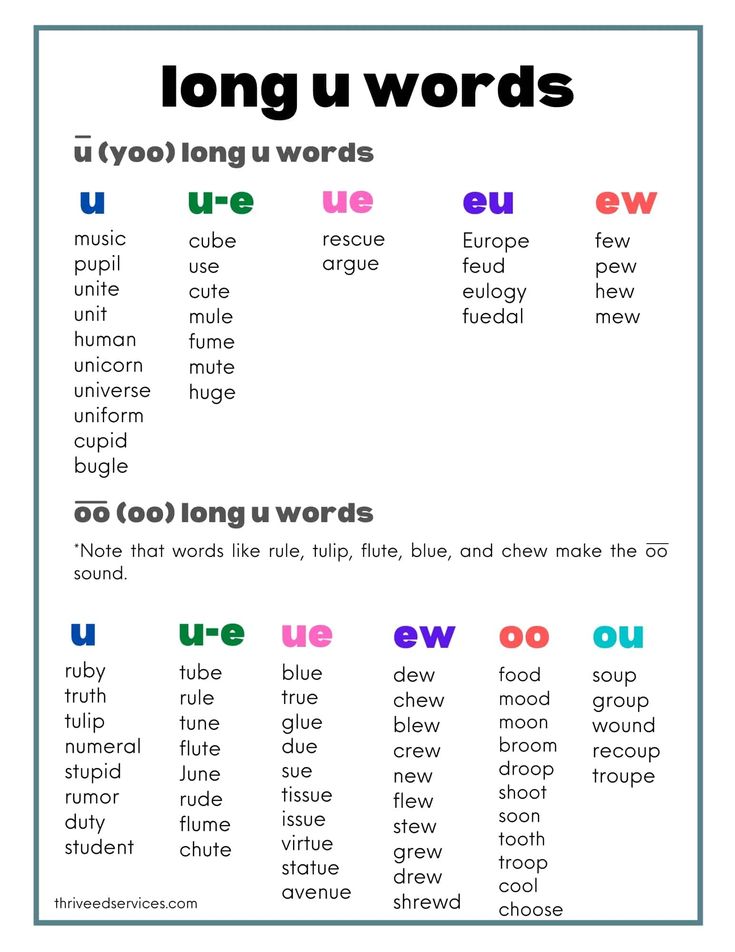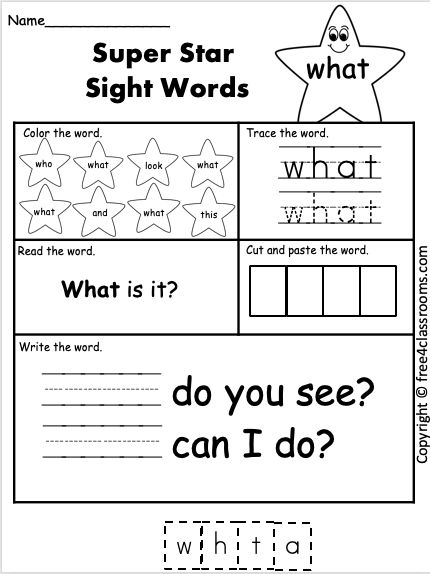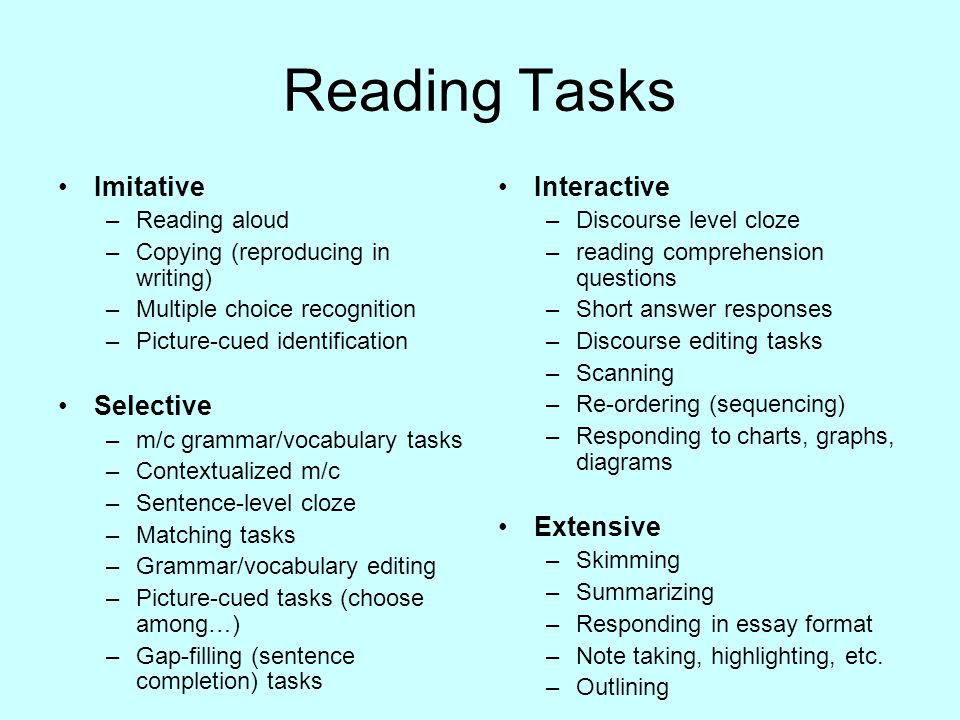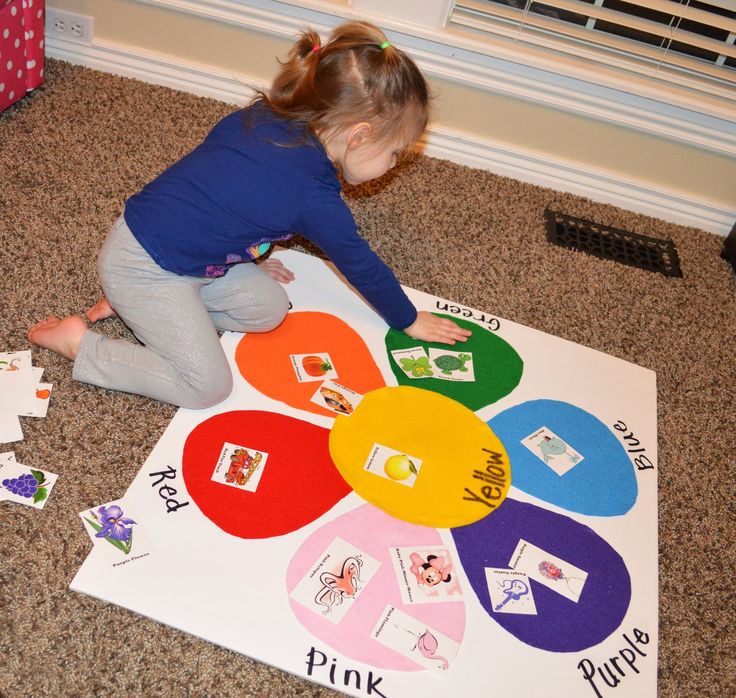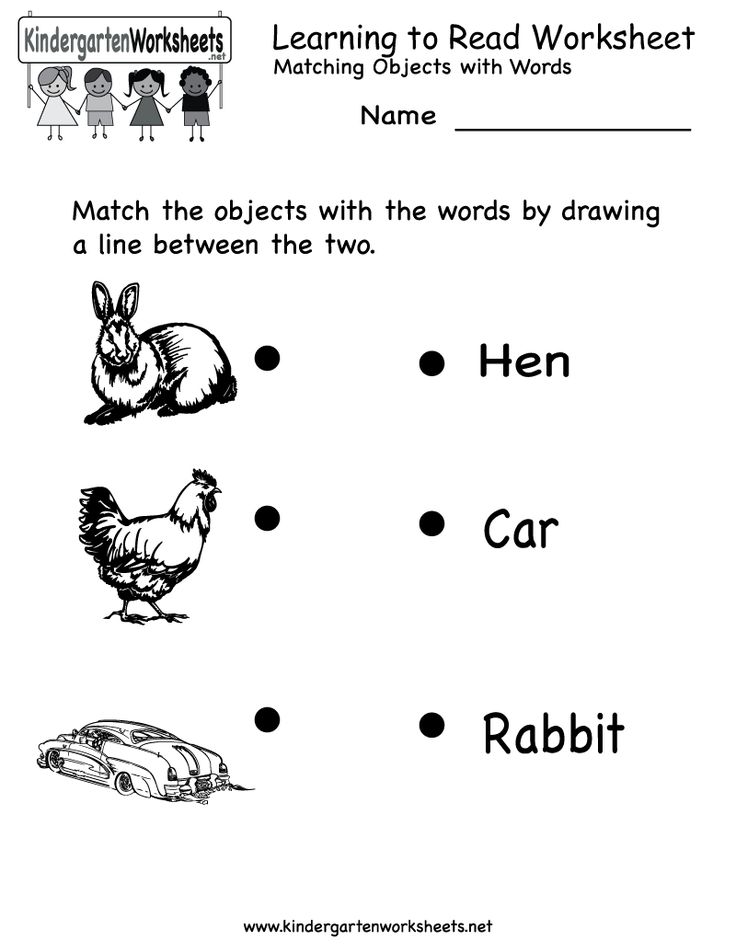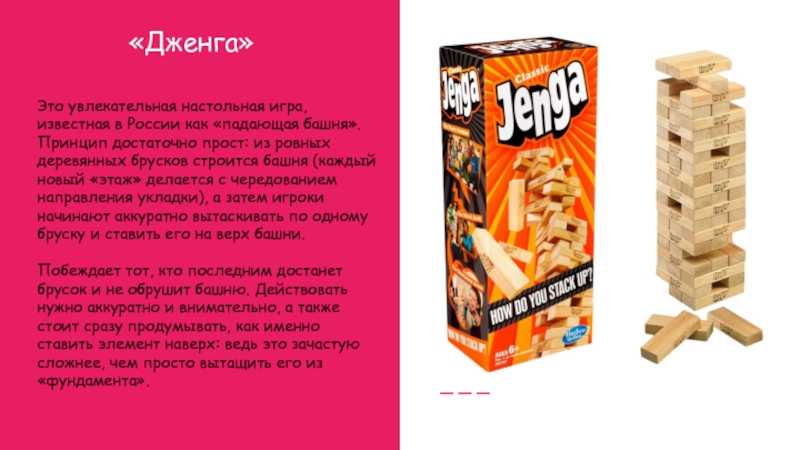Why did humpty dumpty fall off the wall
Why Is Humpty Dumpty An Egg? An Investigation
Literally nowhere in the rhyme does it say he's an egg.
Think of Humpty Dumpty and you no doubt picture an egg on a wall -- or, if you're the morbid type, an egg smashed to pieces at the bottom of one.
That's because Humpty has been depicted as an egg for hundreds of years, despite the fact the actual rhyme never refers to him as one.
Advertisement
Humpty Dumpty sat on a wall (a refresher)
Humpty Dumpty sat on a wall,
Humpty Dumpty had a great fall;
All the king's horses and all the king's men
Couldn't put Humpty together again.
Source: The Dorling Kindersley Book of Nursery Rhymes
See? It's no eggsageration. It's no yolk. It's enough to make you go into shell shock. (OK we'll stop.)
But seriously. How the flip (sorry) did Humpty end up as an egg?
Well, apparently it's all thanks to Lewis Carroll (yes, he of 'Alice in Wonderland' fame) and his 1872 novel 'Through the Looking-Glass'.
Chapter six of the book is entitled 'Humpty Dumpty' and apparently, it's here that Humpty first appeared as an egg.
Advertisement
"However, the egg only got larger and larger, and more and more human: when she had come within a few yards of it, she saw that it had eyes and a nose and mouth; and when she had come close to it, she saw clearly that it was Humpty Dumpty himself. 'It can't be anybody else!' she said to herself. 'I'm as certain of it, as if his name were written all over his face.'"
- Extract from 'Through the Looking Glass', Lewis Carroll.
Much like an omelette in a stainless steel pan, this portrayal of Humpty apparently stuck (sorry again) and he's been an egg ever since.
But while Carroll may have introduced Humpty as an egg, he can't be credited with the original nursery rhyme. So what was Humpty before he was an egg? (Hopefully a chicken, because that would settle a really long debate.)
The original depiction of Humpty as an egg, illustrated by John Tenniel.
Nope. According to several war historians, the original Humpty Dumpty was not an egg, not a chicken, not a man but a CANNON.
Yep. A large cannon which is believed to have been used in English Civil War (1642-1649), specifically, in the 1648 Siege of Colchester.
Advertisement
The rhyme came about because as Colchester was under siege, one of the cannons from the attacking side managed to destroy the wall 'Humpty Dumpty' was positioned on. Hence, Humpty Dumpty came tumbling down.
Due to its massive size, none of the king's horses and none of the king's men were able to put it back together again... and so Humpty's legacy was born.
So there you have it. Once a cannon, now an egg, forever a popular nursery rhyme.
You're welcome.
Related
LifeBefore You Go
Popular in the Community
You May Like
Trending
Newsletter Sign Up
The Morning Email
Wake up to the day's most important news.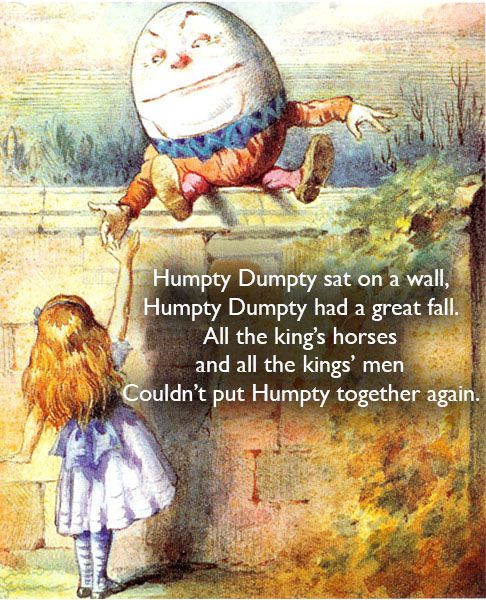
Successfully Signed Up!
Realness delivered to your inbox
By entering your email and clicking Sign Up, you're agreeing to let us send you customized marketing messages about us and our advertising partners. You are also agreeing to our Terms of Service and Privacy Policy.
What are the origins of ‘Humpty Dumpty Sat on a Wall’, and what do the lyrics mean?
30 July 2021, 09:40
What are the origins of ‘Humpty Dumpty Sat on a Wall’, and what do the lyrics mean? Picture: AlamyBy Rosie Pentreath
@rosiepentreath
We explore the origins, history and lyrics of one of the most popular children’s songs in the English-speaking world.
Humpy Dumpty sat on the wall is one of the nation’s most enduringly popular nursery rhymes.
But who was Humpty Dumpty? What brought him to that wall? And how did he fall off?
We unpack the origins, history, lyrics and meaning of one of the most well-known children’s songs in the English-speaking world.
Read more: ‘Old MacDonald Had a Farm’ reworked in the style of Beethoven is a stroke of genius
What are the origins of ‘Humpty Dumpty Sat on a Wall’?
In 1870, a chap called James William Elliott included ‘Humpty Dumpty’ when he collected together a load of English nursery rhymes and songs, set them to music, and published them in a volume called Mother Goose’s Nursery Rhymes and Nursery Songs Set to Music, with beautiful engravings by London engravers, The Brothers Dalziel.
Before that, the rhyme can be traced back to the 18th century, and variations in lyrics (see below) have been recorded over time. It’s not clear who originally conceived the four-line poem.
Who was Humpty Dumpty?
Humpty Dumpty is the protagonist of the English nursery rhyme, ‘Humpty Dumpty Sat on a Wall’.
Perhaps due to his fragility revealed in the fall, he has often been portrayed as an egg – including by actor George L. Fox in his Broadway pantomime
Humpty Dumpty, and by Lewis Caroll in his weird and wonderful Alice’s Adventures in Wonderland.
Fox in his Broadway pantomime
Humpty Dumpty, and by Lewis Caroll in his weird and wonderful Alice’s Adventures in Wonderland.
Read more: There are lyrics to ‘Happy Birthday’ that you literally never knew about
What is the meaning behind the nursery rhyme?
There are other theories around the meaning of ‘Humpty Dumpty’. Some historians believe Humpty Dumpty was simply a device for a riddle around breakable things.
Others have suggested that Humpty Dumpty is King Richard III of England, who is supposed to have been humpbacked and who was defeated at the Battle of Bosworth Field in 1485.
We could assume Humpty Dumpty is the King, the wall is his reign and fight to preserve power, the fall is his defeat, and ‘All the king’s horses and all the king’s men’ the army that failed to prevail.
Another theory is that Humpty is actually a cannon. During the English Civil War, history says, a one-eyed gunner named Thompson managed to get a cannon – colloquially called ‘Humpty Dumpty’, to the top of the tower of St Mary at the Walls church and wreak untold destruction on the forces below, before return cannon fire dislodged the pair of them.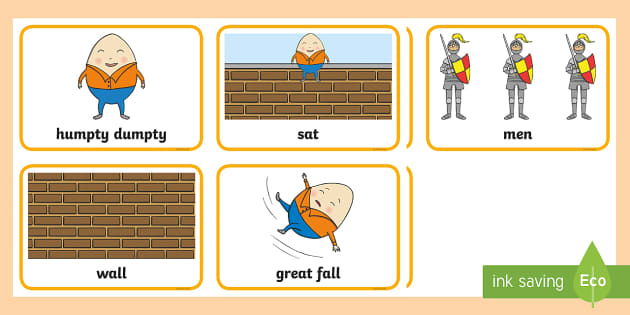 Hence “had a great fall”.
Hence “had a great fall”.
A professor David Daube once had a fourth theory to add. In 1956, he posited that ‘Humpty Dumpty’ might have been reference to an armoured siege engine that was deployed unsuccessfully in the 1643 Siege of Gloucester during the English Civil War. This one was soon dismissed as a bit of a spoof by academics – but not before English composer Richard Rodney Bennett took the plot and ran with it for his children’s opera, All the King's Men.
Interestingly, Francis Grose’s Classical Dictionary of the Vulgar Tongue from 1785 – we’re totally imagining this as the Urban Dictionary of its time – defines ‘Humpty Dumpty’ as “a short clumsy person of either sex; also ale boiled with brandy”, so the rhyme could have derived from either meaning.
Although – we have a bit of a chicken or the egg dilemma here: what came first? ‘Humpty Dumpty’ the Grose definition as chicken, or ‘Humpty Dumpty’ the egg? Take a look at the lyrics, and see what you think. ..
..
Humpty Dumpty Sat on a Wall – full lyrics
Humpty Dumpty sat on a wall.
Humpty Dumpty had a great fall.
All the king’s horses and all the king’s men,
Couldn’t put Humpty together again.
Humpty Dumpty – oldest known lyrics (1797)
Humpty Dumpty sat on a wall,
Humpty Dumpty had a great fall.
Four-score Men and Four-score more,
Could not make Humpty Dumpty where he was before.
Humpty Dumpty sat on a wall,
Humpty Dumpty had a great fall;
All the king's horses and all the king's men
Couldn't put Humpty together again.
Humpty Dumpty sat on the wall.
Humpty Dumpty collapsed in his sleep.
All the king's cavalry, all the king's men
Humpty can't, Dumpty can't,
0004Humpty Dumpty collect!
(Translated by Samuil Marshak)
Everyone, I think, is well aware of this rhyme, which gained worldwide fame thanks to Lewis Carroll’s book “Through the Looking-Glass” published in 1871, where Humpty Dumpty looks like an egg . ..
..
Lewis Carroll
At first glance, it may seem that English children's chants are completely meaningless and are composed for the sole purpose of introducing children to rhyme and rhythm. nine0004
But is it true?
There are quite a lot of assumptions about when this rhyme appeared and what or who Humpty Dumpty is. In the 15th century, the phrase Humpty Dumpty was used to refer to large people. At the same time, large size probably meant not only the volume of the body, but also the position in society. In this regard, some believe that the poem may be about a high-ranking gentleman who suddenly lost everything, including his life. For example, about King Richard III, who in 1485 fell on the battlefield at the Battle of Bosworth, as a result of which the Tudor dynasty ended up on the English throne. nine0004
Death of Richard III, 18th century
Or Cardinal Thomas Wolsey, who was commissioned by His Majesty Henry VIII to settle his divorce from Catherine of Aragon. This most influential and powerful man, due to historical circumstances, did not cope with the task, for which he fell out of favor and could have parted with his head if he had not died suddenly.
This most influential and powerful man, due to historical circumstances, did not cope with the task, for which he fell out of favor and could have parted with his head if he had not died suddenly.
Thomas Wolsey and Henry VIII
Or about King Charles I, who by his stubbornness provoked a civil war, was defeated in it and in 1649year was executed.
Execution of Charles I
However, the most popular theory is still connected not with a man, but with a cannon used by the royal troops during the civil war of 1642-1649. In June 1648, the Parliamentarians besieged the walled town of Colchester. The royalists settled in it installed a powerful gun on the tower of St. Mary. Gunner One-Eyed Jack Thompson fired several shots and inflicted significant damage on the "roundheads" (as the supporters of Parliament were called). The attackers began to shoot at the tower and hit. The Humpty Dumpty cannon fell off the wall and it was no longer possible to pick it up. nine0004
The Humpty Dumpty cannon fell off the wall and it was no longer possible to pick it up. nine0004
But personally I find the most interesting hypothesis of the writer Lucinda Brant. The point here is this. The English King George III (r. 1760-1820) was mentally unstable. Contemporaries claimed that the cause of his illness was rampant harmful humors. Today, doctors are inclined either to porphyria (a violation of the pigment substance - accompanied by mental disorders), or to poisoning with arsenic contained in cosmetics (in 2005 they analyzed a hair from his head and found a high concentration of this poison). nine0004
George III
In November 1788, the sovereign became insane. According to eyewitnesses, George could hoarsely carry nonsense for several hours. There is also information (not confirmed) that once he approached a tree, grabbed a branch and began to shake it, believing that he was shaking hands with his Prussian colleague.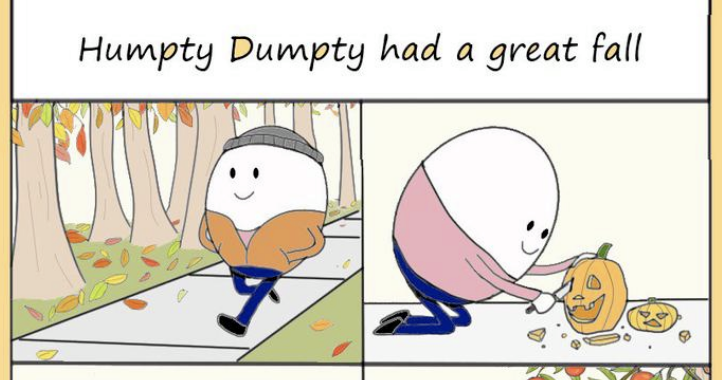 And on November 5, 1788, His Majesty attacked George, Prince of Wales, trying to smash his head against the wall. Witnesses report that at that moment foam was coming from the sovereign's mouth, and his eyes were bloodshot. nine0004
And on November 5, 1788, His Majesty attacked George, Prince of Wales, trying to smash his head against the wall. Witnesses report that at that moment foam was coming from the sovereign's mouth, and his eyes were bloodshot. nine0004
The monarch was treated mercilessly - in the spirit of the times. With the permission of Queen Charlotte, they put a straitjacket on him and began to expel bad humors, that is, they did bloodletting, gave laxatives and emetics, put drawing poultices and even beat, which was considered a very effective way to cleanse the patient of harmful "juices". However, despite the efforts of doctors in February 1789, the king came to his senses and ruled the country for another 20 years, although the attacks were repeated twice during this time. But in 1810, when he was already practically blind (due to cataracts), crippled by rheumatism and exhausted by a disorder of the nervous system, his beloved daughter Amelia died, which completely finished off the old man. At the end of 1811, he completely lost his mind and spent the rest of his life (until 1820) at Windsor Castle, and for all these ten years the duties of the sovereign were performed by his son George. nine0004
nine0004
Treatment of King George (?)
So, the poem first appeared in print in 1797 in Juvenile Amusements. The text was:
Humpty Dumpty sat on a wall,
Humpty Dumpty had a great fall.
Four-score Men and Four-score more,
Could not make Humpty Dumpty where he was before.
As you can see, the last two lines differ from the modern version and are literally translated as follows: 80 people and 80 more cannot return Humpty Dumpty to his former position. But the next publication came just in 1810, when the unfortunate king was on the verge of final insanity. This time the text has changed a bit:
Humpty Dumpty sate on a wall,
Humpty Dumpty had a great fall,
Threescore men and threescore more,
Cannot place Humpty dumpty as he was before.
That is 60 people and 60 more.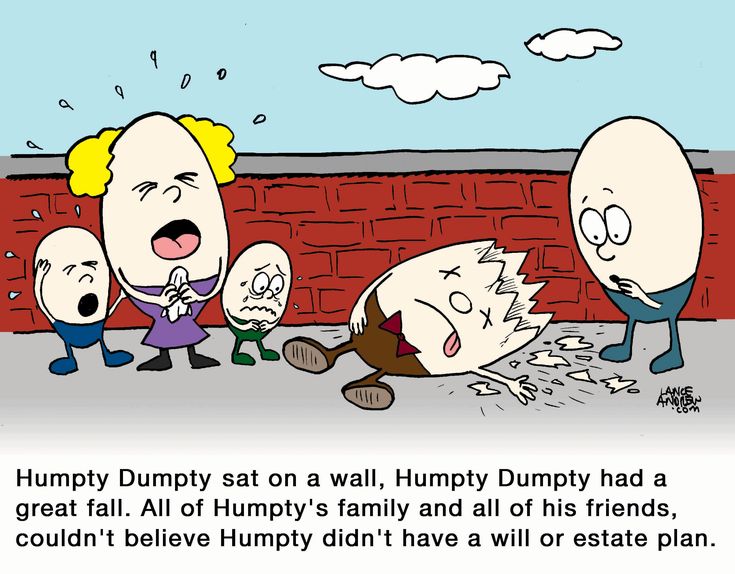 Why the publisher decided to reduce the number of people, I don't know. But something else is important here. According to Lucinda Brant, Humpty Dumpty in this case could mean George III, who could no longer be helped by anyone.
Why the publisher decided to reduce the number of people, I don't know. But something else is important here. According to Lucinda Brant, Humpty Dumpty in this case could mean George III, who could no longer be helped by anyone.
Humpty Dumpty, 1915
Conclusion
Finally, I want to offer my theory. According to the OED (Oxford English Dictionary), in the 17th century Humpty Dumpty was a brandy-flavored fortified ale. And in the 18th century, a clumsy person could get such a nickname. And maybe one day some clumsy gentleman, having drunk Humpty Dumpty, dropped an egg and, looking at the squirrels and yolk spread on the floor, composed this rhyme to the joy of the children ...
That's all. Good luck!
(С) Denis Kokorin
____________________________________
Follow Entertaining England on social networks:
Facebook, VK, Zen
The bizarre origin story of the Humpty Dumpty riddle
We all know the story about Humpty Dumpty He sat down on the wall, then accidentally fell, and none of the king's men were able to collect him again. The royal cavalry did not help either. It's one of those classic, beloved children's songs that generations grew up listening to.
The royal cavalry did not help either. It's one of those classic, beloved children's songs that generations grew up listening to.
However, like many other iconic old tales, all is not what it seems. At all. Incredibly, the original Humpty Dumpty was not an egg. “He” must have been a cannon!
Humpty Dumpty, the talking egg from the nursery rhyme, is not as simple a character as he seemed. Let's start with the fact that the round figure, which, as you know, fell from the wall, was not originally depicted as an egg at all.
For this we can thank Lewis Carroll, who borrowed the character of Humpty Dumpty for his 1871 book Alice Through the Looking-Glass. A modest verse can, in fact, be a coded political comment. nine0004
What exactly is Humpty Dumpty?
The 1785 Classical Dictionary defines "Humpty Dumpty" as someone short, round and awkward. Similarly, the Oxford Dictionary notes that in the 17th century, “Humpty Dumpty” was a round-shaped person.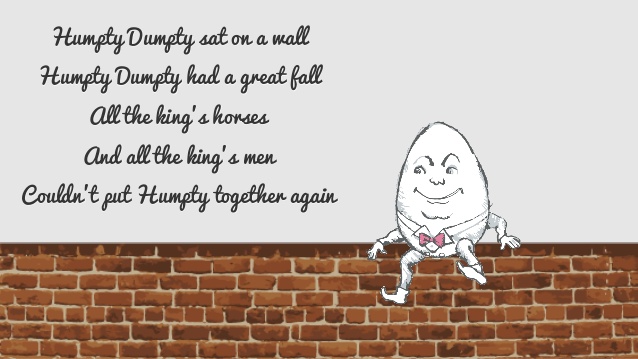 Unhappy, overweight.
Unhappy, overweight.
In this context, the rhyme could refer to a fat boy who fell clumsily from his perch. In the early 1700s, Humpty Dumpty was also referred to as an alcoholic drink. Made from ale brewed with brandy. Which meant the nursery rhyme might actually be a story about indecent behavior at a party. nine0004
Most scientists, however, believe that this is not all. It is important to note that in earlier versions of the rhyme, the last line read: "Couldn't bring Humpty Dumpty back to where he was before." Which doesn't imply Mr. Dumpty's irredeemability, just that he couldn't be nailed back to the wall for whatever reason.
Was Humpty Dumpty a historical figure?
Some scholars believe that "Humpty Dumpty" was based on Richard III of England. History paints Richard III as a villain with a fearsome appearance. Mutilated and hunchbacked, who raped the widowed daughter-in-law of Edward VI. Ordered her to be killed after she became queen.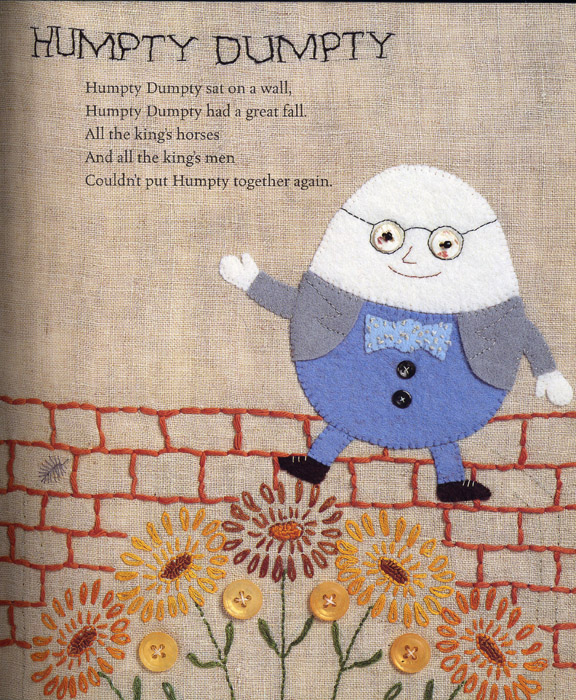 And locked his two young nephews in the Tower of London to prevent them from claiming the throne. nine0004
And locked his two young nephews in the Tower of London to prevent them from claiming the throne. nine0004
Whether or not any of this is actually true, "Humpty Dumpty" is supposed to describe Richard's defeat at Bosworth Field in 1485. When he fell off his horse (nicknamed "The Wall"). And how his vast armies could not save him or restore his rule.
Others suggest that Humpty Dumpty is about the fall of Cardinal Thomas Wolsey. Who was once the most trusted person of King Henry VIII. But he greatly disappointed the king, failing to achieve the annulment of his marriage to Catherine of Aragon in 1529.
Henry expelled the cardinal from government and court, allowing him to remain Archbishop of York. But ultimately arresting him for high treason. When he died en route to London, he was not buried in the ornate, elaborate tomb that had been prepared for him at Windsor. Just as Humpty Dumpty could not be buried in his former form after his great fall.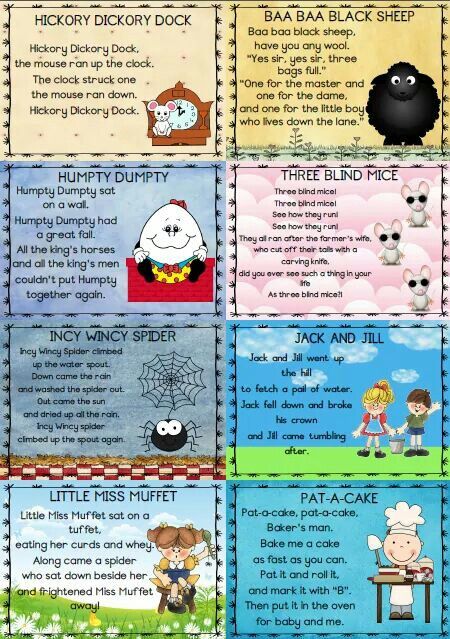
Was Humpty Dumpty a weapon?
Military historians note that the Royalists who fought in the English Civil War, which raged from 1642 to 1649, affectionately referred to the squat, plump iron cannon in their arsenal as "Humpty Dumpty."
In June 1648, the Royalists set up a cannon on a stone wall surrounding the city of Colchester. In an attempt to keep the parliamentarians out. But the invading army responded by attacking the wall. Which was so badly damaged that Humpty Dumpty really collapsed down and could not be restored. nine0004
Oddly enough, the cannon was not the only military tool called "Humpty Dumpty". During the English Civil War, it was also a nickname for siege turtles. A type of primitive metal shell that looks like a tank. Which deflected arrows and cannon fire and looked, as the name suggests, like the shell of a large tortoise.
Unfortunately, it didn't really work. Therefore, when the Royalists gathered under it to break through to the walls of Gloucester, cannon fire immediately drove them back.


